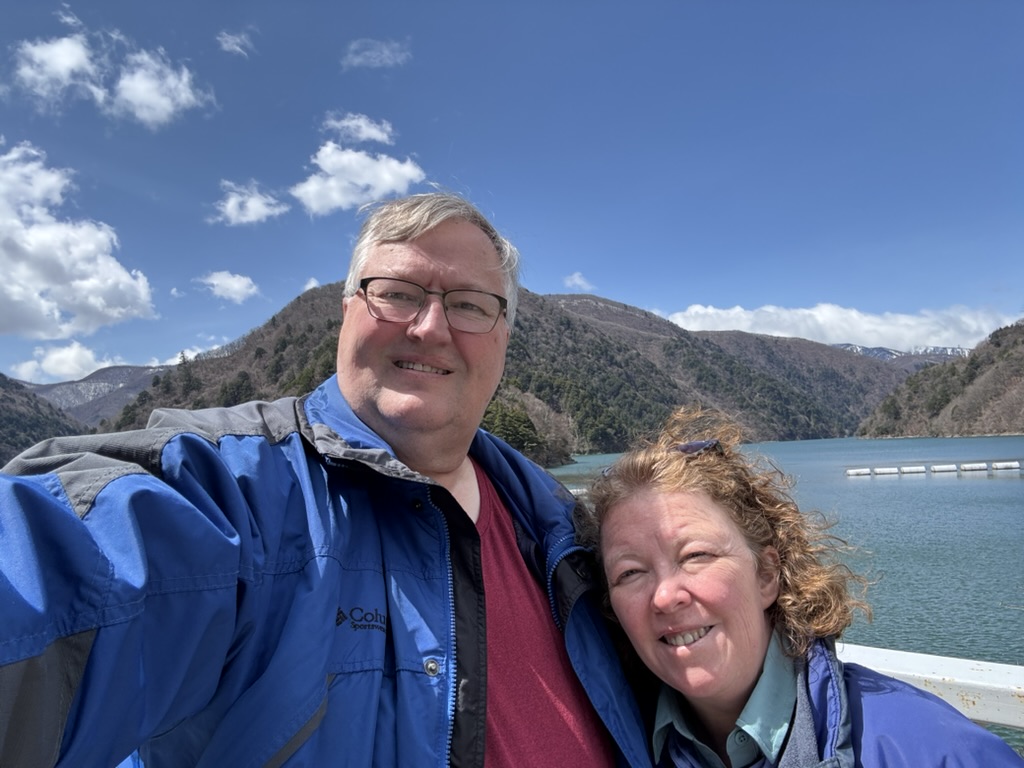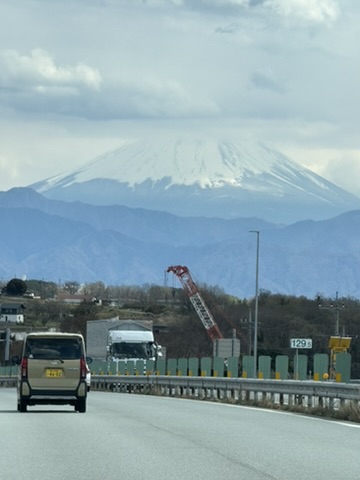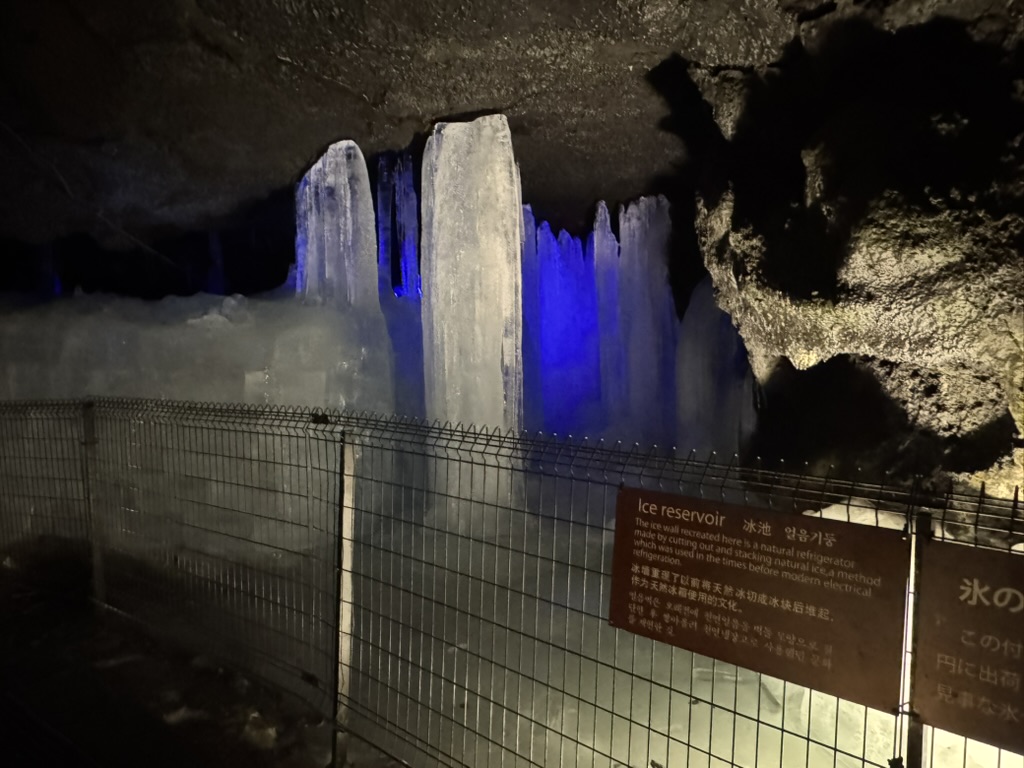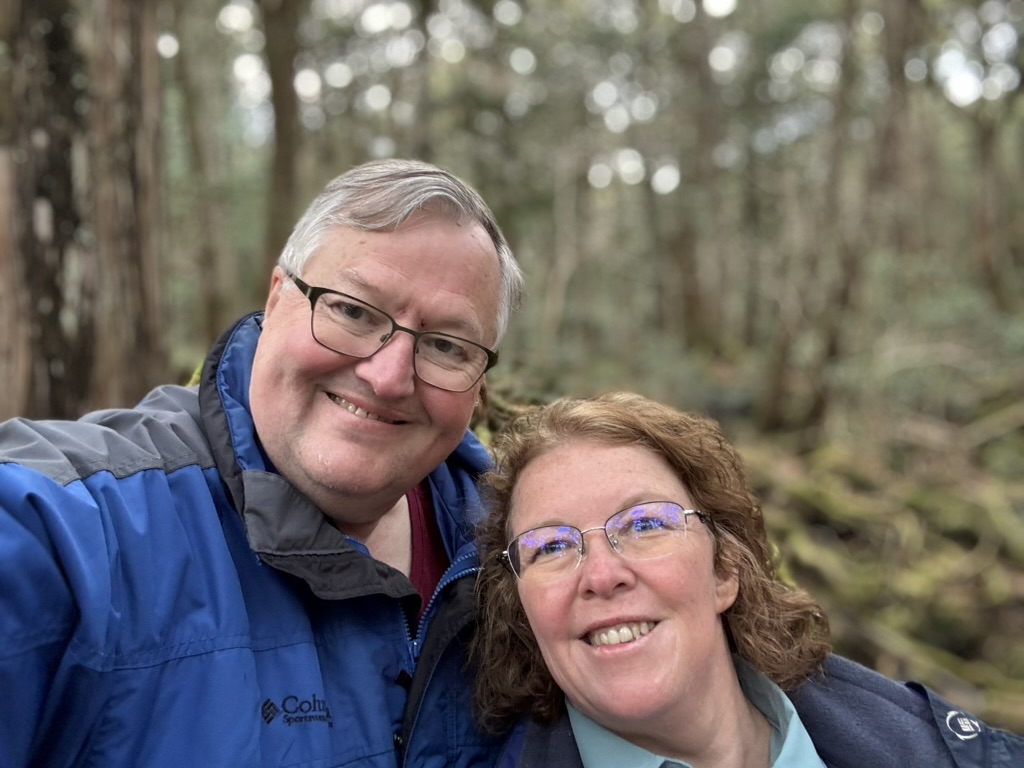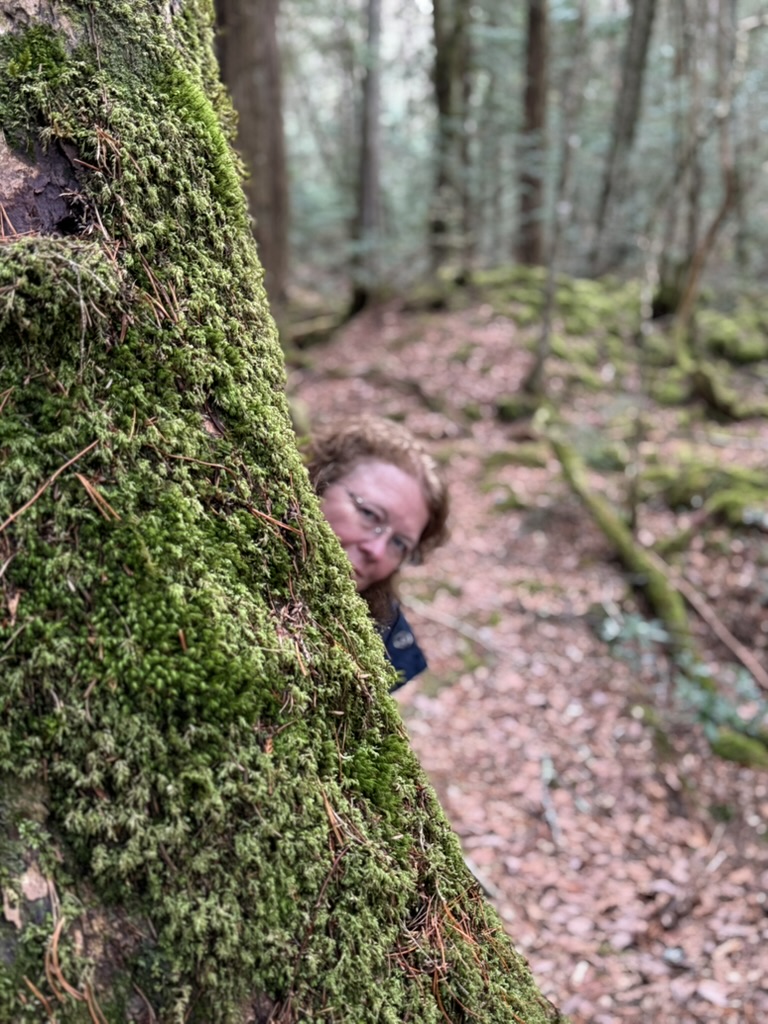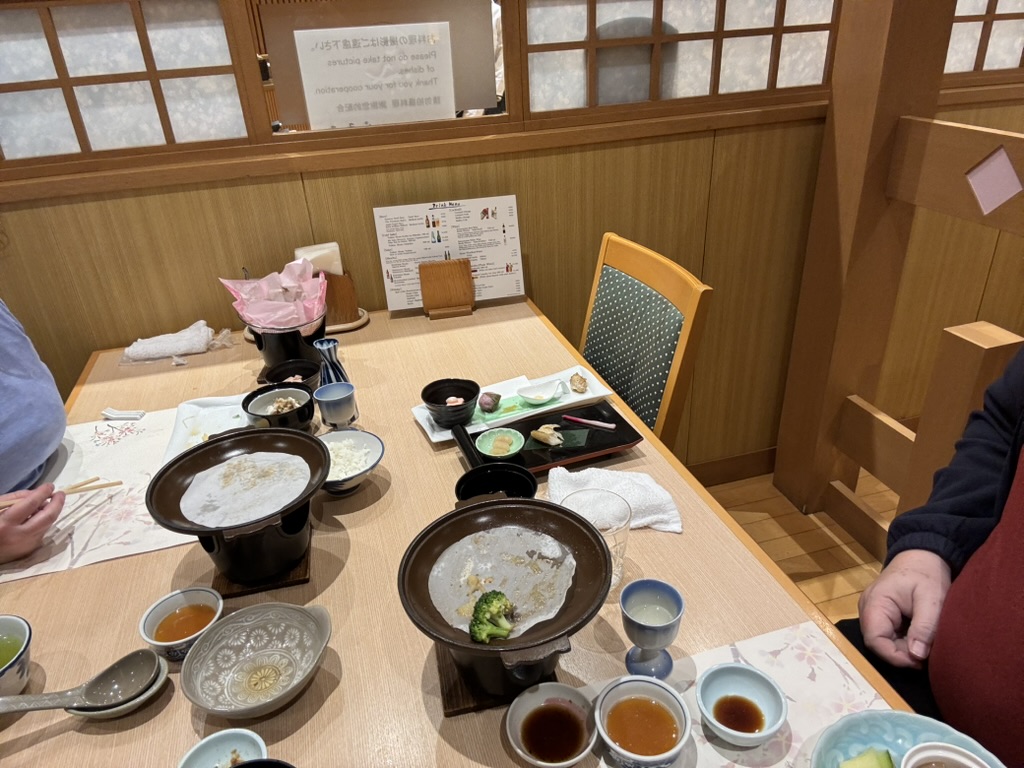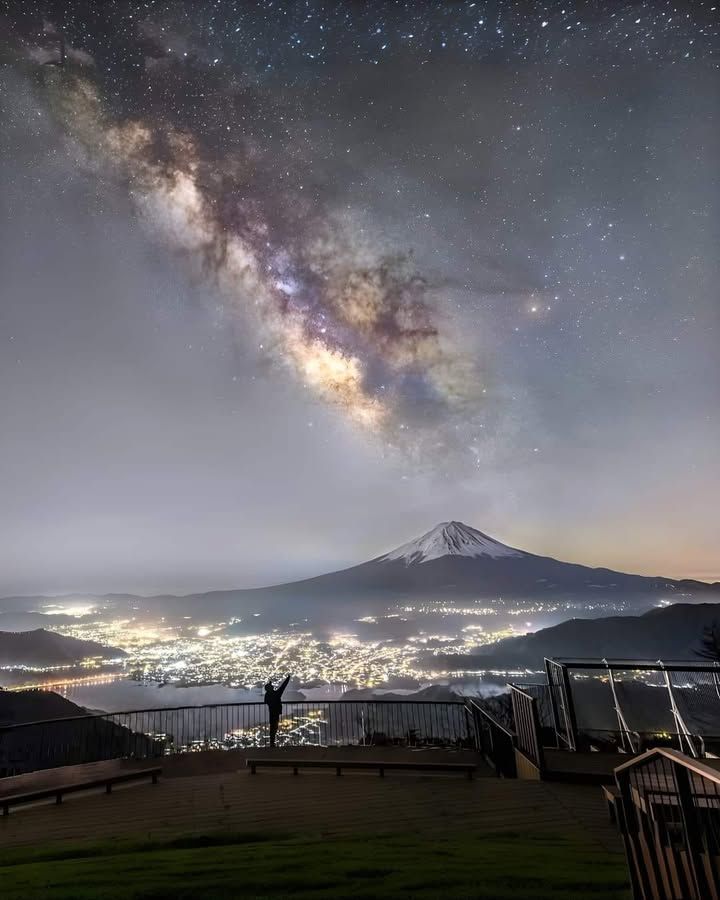
Before we start the day, I wanted to continue with what we did the night before. If you want to skip this, just go straight to the next paragraph (below the pink line). I told you that Teresa made sure we had laundry (see, not what you thought) at our half-way point for long trips and in this case, we had a combo or all-in-one washer/dryer unit in our room. It was a large capacity unit, but we still needed two loads and it was late. I set a timer and stayed up while I let Teresa sleep. I had my headset and watched a couple episodes of a series I had downloaded on my iPad. When my watch alarm went off, I went to check on the laundry and there was still ten minutes on the machine. I figured the sensor on the dryer cycle was still measuring moisture. As I stood there, it ticked down to 9 and then blinked back up to 10. There was no operational manual and the buttons were all labeled in Japanese. The hotel did provide instructions in English, but there was no mention of this. I waited and it blinked again. I stopped the unit and was able to open the door and the clothes were dry. I switched loads and set the timer and the same thing happened. A quick search revealed that the dryer was in a wrinkle-free mode, which made sense. I wanted to let you know, in case you didn’t. And now, back to the travels.
So, we were in Takayama and needed to get to Fujikawaguchiko, a small resort town northeast of Mount Fuji.
Now, I have bragged about the public transportation, the taxis, buses, subways and trains. Japan has the US beat hands down. You can get most anywhere you need to go using these. And Fujikawaguchiko was no exception, except that we did not want to spend 8 and a half hours on a train. I mean, they were comfortable and all, but that would have been a long trip. Why? Well, to get there, the best (and seemingly only route) we found was to go south, back towards Kyoto, pick up another line and ride it east, almost into Tokyo, and then catch a final train going west, north west into Fujikawaguchiko. It was the long way around. There had to be a better way.
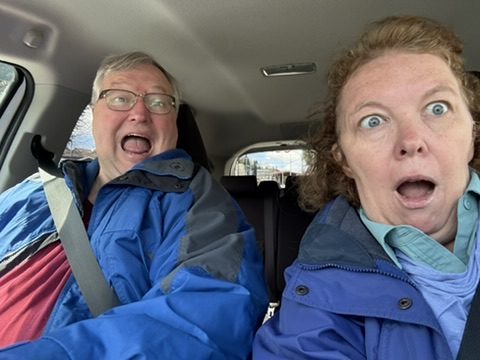
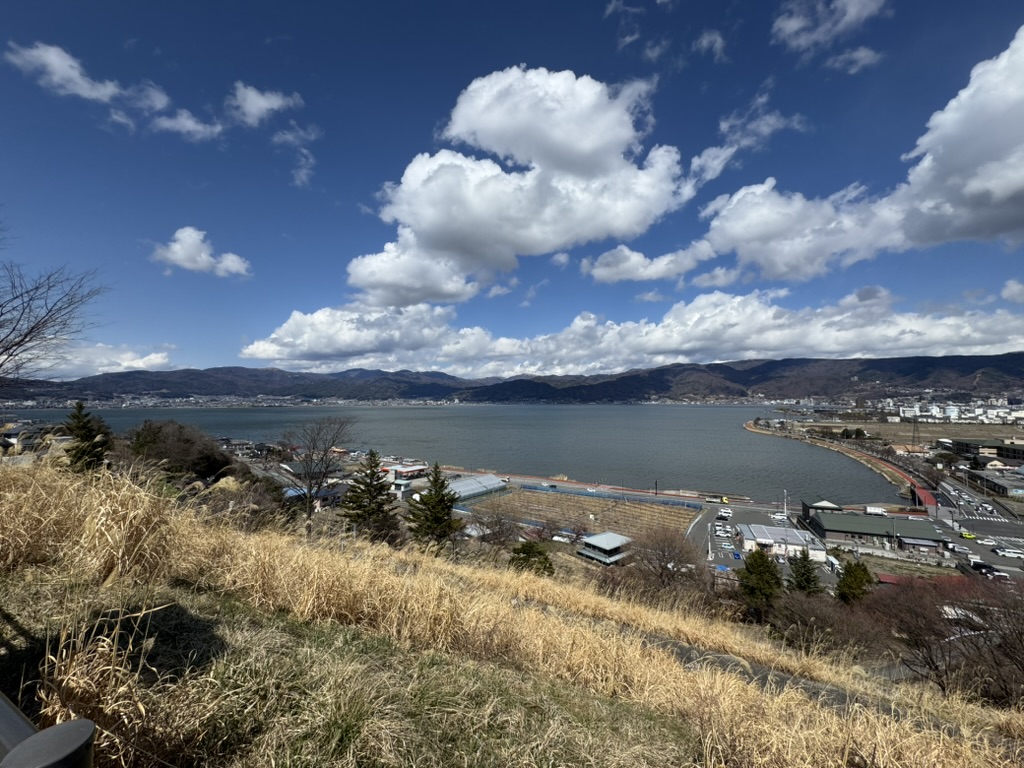


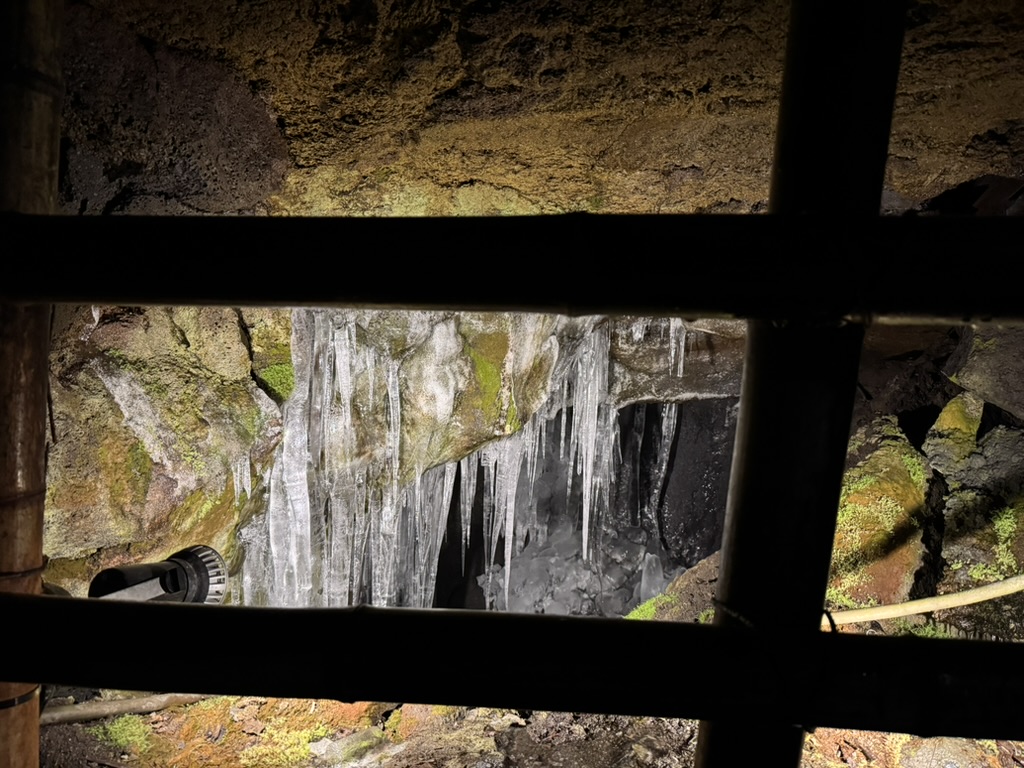
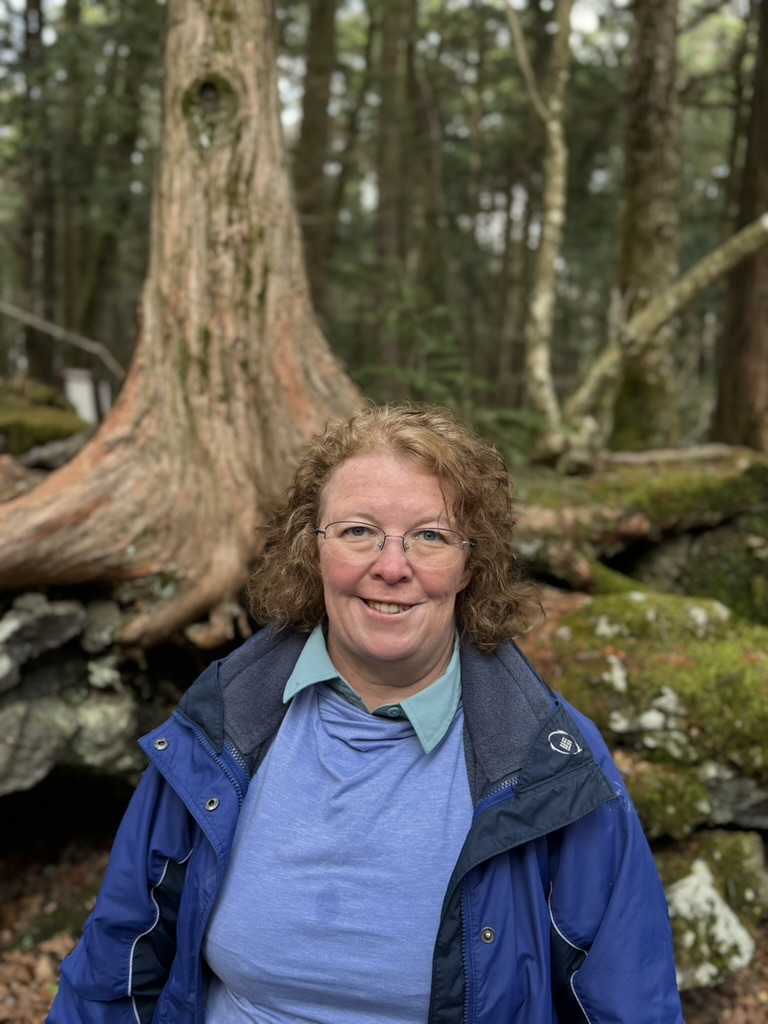
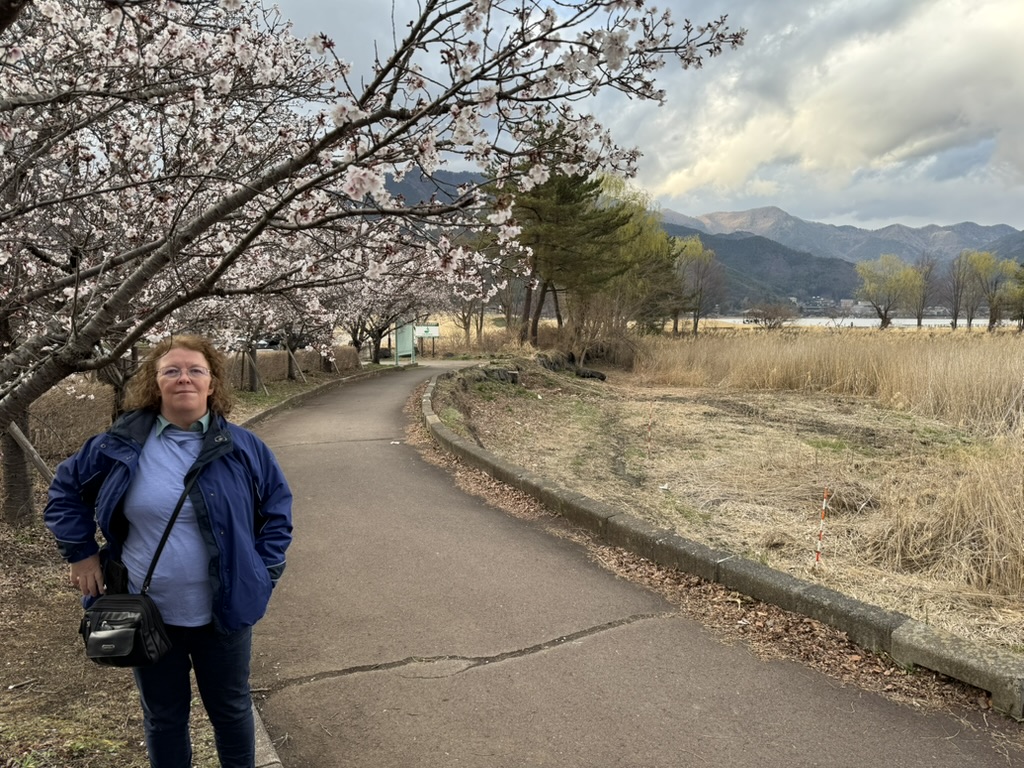
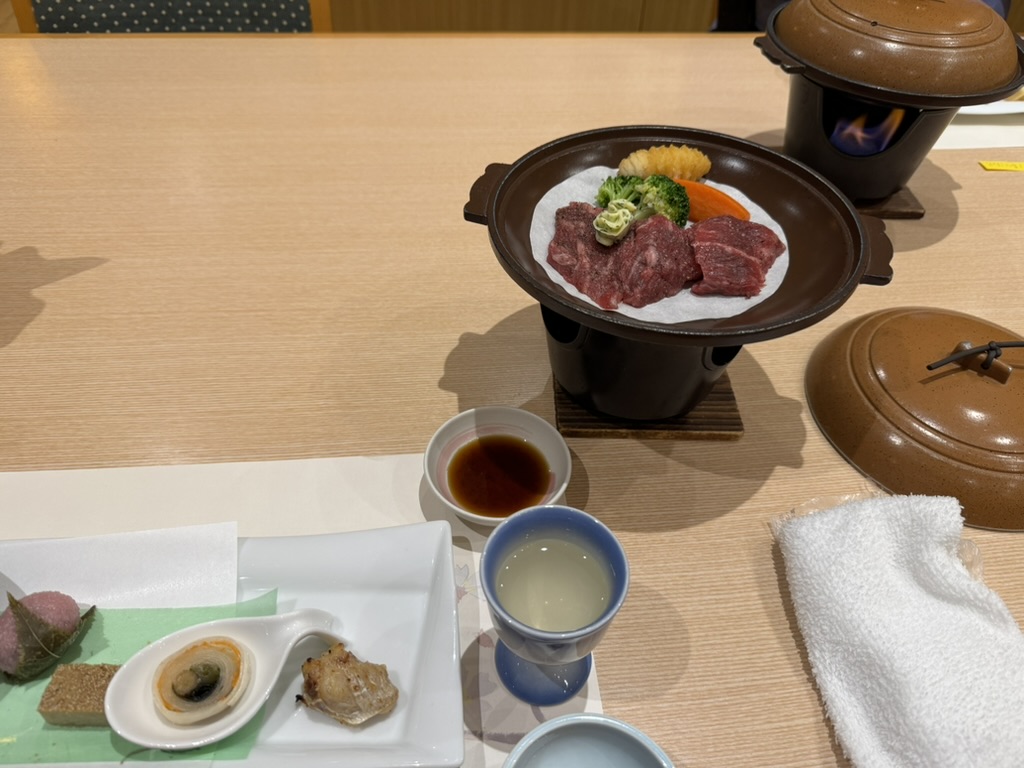
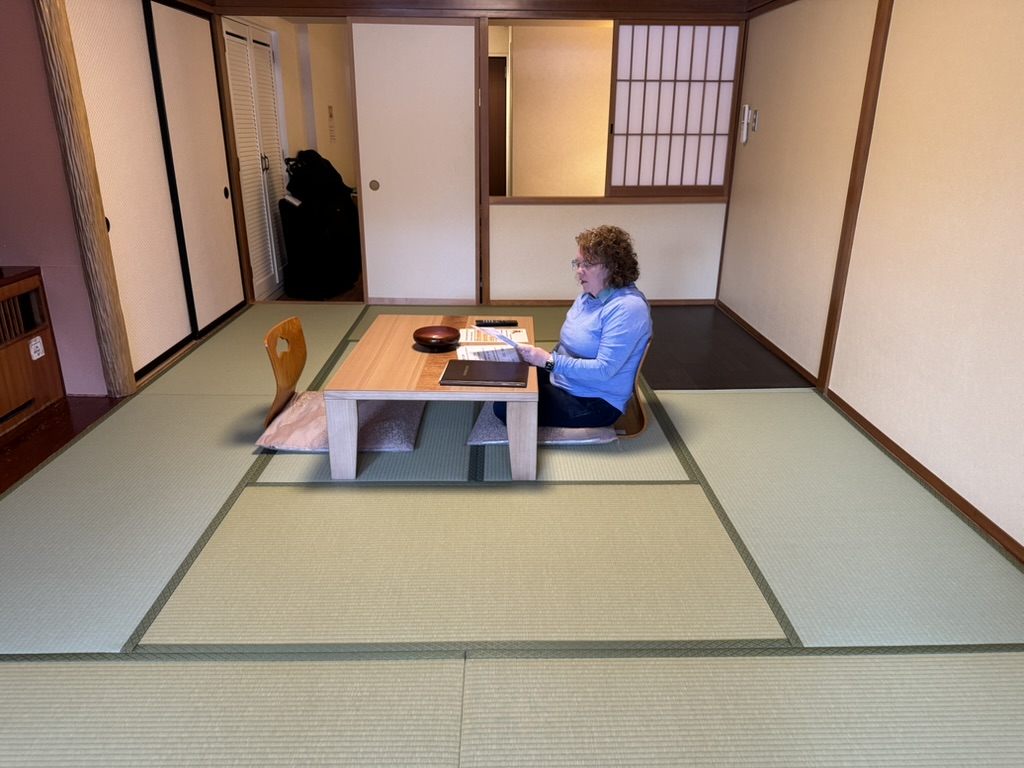
Well, we could hire a driver. I mean, Ubers and Taxis were relatively cheap, and there was a motor way route that was nearly direct and it was only 3 and half hours. But we would be paying for them to drive us there and for their trip back. We did not even bother looking that up. Teresa knew I did not mind driving and I had driven in the UK (around the isle of the United Kingdom and Romania) as well as Chicago and New York. So, she asked if I would mind driving here. I did a quick search and found that like the UK, they drive on the left side of the road and the drivers side is on the right side of the car. And like the UK, the windshield wiper switch is also on the right side of the steering column. So, why not? I also had gotten my International Drivers Permit (which we will need later in the trip – spoilers). So I ask again, why not?
Look, you go on vacation to relieve stress and get away from it all, I know. But for me, driving can be relaxing in itself, and looking at the map, we were going to be going through minor towns and the beautiful north alps, not to mention driving close to Mount Fuji, so again, why not? It takes a little time to learn the street signs (the lady at the rental car even went over them). And, it is freeing. We had a schedule, but it was loose, giving us freedom as well.
We looked and there was a car rental right by the train station. Teresa had made the reservations and we picked it up. It was not spacious and I am a pretty big guy, but the seat moved back enough that with very little contortion, I was able to get in and be comfortable. We took off and got out of town. We were on a pretty nice motorway and driving into the mountains. It was spring in Japan and the flowering Sakura were in bloom, but we were heading up and into a pass. The mountains were still covered in snow. We spotted a few water falls and scenic views that we wanted to stop at and I even tried on side road only to find that 100 yards in, it was snow covered and this car was not designed for that. Still, we found some very beautiful overlooks.
I also saw on a much larger scale how Japan managed flood control. I mean, in Takayama, the river was cut and straightened, the streets had gutters with water flowing through, some covered, some not, but all flowing to the river. Here, the river was dammed up in several locations, creating several reservoirs. Some had power stations, but not all. The flow gates and spill ways were open on most, controlling the flow of the water in the river.
It was not long before we spotted Mount Fuji. It was fairly overcast, but still clear enough to see the bottom portion while the clouds surrounded the peak. Teresa tried several times to get photos and each time, a truck or car seemed to get in the way too. That volcano sure knows how to play hide and seek.
We had some time to make stops and Teresa had said she wanted to stop at the Fuji-Hakone-Izu National Park. There was actually two places. The first was Aokigahara Forest: This expansive forest, also known as the “Sea of Trees,” grew on lava flows from Mount Fuji’s past eruptions. It’s a dense, unique ecosystem with a tranquil atmosphere due to the porous lava bedrock absorbing sound. The Japan National Tourism Organization describes it as “a thriving, dense forest stretching for 30 square kilometers.” The second was the Ice Cave or Wind Cave, both of which are inside this forest. We parked and walked through the forest to the cave entrance. We were not sure which one we were at, but I saw from the sign indicating we could visit both from there. However, the park was still on winter hours and we only had 45 minutes, not enough time to walk to both. We paid for one cave and stopped at the first one, the Wind Cave or “Kaze no Dōkutsu”. We made our way down and followed the path to the many stops in the cave. Signs were in Japanese and English and we learned some more about silk and silk farming.
We made our way back to the car, but not before stopping at the gift shop. We found some nice little trinkets and even a pin. I found a post card with a night shot of Mt. Fuji with the Milky Way in the sky. It inspired me to search for one as the feature photo for this post.
We drove into Fujikawaguchiko, which oddly we saw it was also called Lakeland, the same name as a town not far from us in Florida. It is aptly named to, being on one of the large five lakes that surround Mount Fuji. It was overcast and Fuji was hiding. We checked in at the Lakeland Hotel Mizunosata. Teresa chose this because it had several things. First, it boasts a wonderful view of Mt. Fuji. Second, they are right across the street from Lake Kawaguchiko. Third, they have public and private onsens (baths).
We made our way to the dining room and were promptly seated. They knew Teresa was a vegetarian and I was not. They brought out the first course, small plates of fish and steak for me and a soup and salad for her. As we finished, they brought out another selection. This time, the soup which was in a paper bowl was placed on a burner. It was not like a stove burner, but like the grills we had back in Takayama. Instead of coals, though, they had placed a fuel cell in and lit it. Soon, the broth was boiling and she was able to cook her vegetables. We finish that course and they brought more. I think they bought us out 5 courses, honestly, I lost count. I had beef, veggies, seafood, more beef, more seafood, more veggies. And it was not the same thing five times, no. It was different each time. They only brought one dessert, though that was enough.
